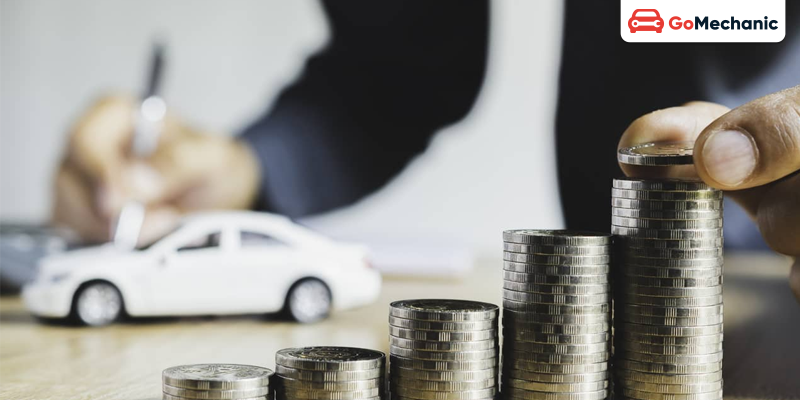Understanding Car Leasing in India
Car leasing in India is similar to a short term rental where you cover the cab rental cost. They are not similar to traditional ownership or financing, and they also don’t require large upfront payment. Instead of this, you pay regular monthly payments for the length of time, basically 2-5 years. At the end, you hand over the car. This deal offers you benefits like accessing various car models, and less maintenance worries. It is a preferred choice for those who prefer expected expenses and attest car technology.
Benefits of Leasing in India

Leasing a car in India has several benefits:
– Lower Initial Costs: Leasing typically demands a reduced initial payment and may have decreased initial expenses such as registration fees compared to buying the car.
– Fixed Monthly Payments: Lease agreements provide consistent monthly payments during the lease terms, making budgeting easier and more easy to handle.
– Access to Newer Models: Leasing benefits to you to drive a new vehicle with the newest features and technology without the commitment of ownership.
– Maintenance and Warranty Coverage: Many lease agreements include maintenance packages and warranties that cover routine services and repairs.
– Flexible Lease Terms: Ultimately, you have the flexibility to give back the car or purchase the car oftenly at a pre-set residual value, depending on your personal preference and requirements.
Considerations Before Leasing
Before leasing a car it is crucial to consider some several key factors to know that it is the right choice for your financial situation and lifestyle:
Financial Feasibility: Analyze your budget to make sure you can comfortably afford the monthly lease payments, including any initial expenses like a down payment and taxes.
Lease Terms and Conditions: Study the lease agreement for details such as lease durations, milage limits, charges for exceeding mileage, and any extra charges.
Residual Value: Understand the vehicle’s residual value at lease end, as it affects choices such as purchasing the car or trading it in.
Maintenance and Insurance: Make clear whether maintainence and insurance costs are included in the lease or if you need to coordinate them separately. Know the maintenance responsibilities and prospective charges for wear and tear.
End-of-Lease Options: Become familiar with your options at the end of the lease, such as giving back the vehicle, purchasing it at the residual value, or potentially extending the lease agreement.
Steps to Lease A Car

Before leasing a car it is crucial to understand these several key points:
Set Your Budget: Decide how much you can bear the cost of monthly lease payments, considering your financial situation and choices.
Research: Examine different vehicle models and lease deals available from multiple dealers and leasing companies. Assess terms, benefits, and special offers.
Negotiate: Go to dealers to take vehicles for a spin and negotiate lease terms, including the lease price, down payment (if applicable), and monthly payments. Make clear all conditions, including mileage limits and extra charges.
Review and Sign: Carefully review the lease agreement before signing to make sure all agreed conditions, upkeep duties, and warranty benefits are clearly mentioned and understood.
Prepare for Maintanence and Insurance: Organize suitable insurance coverage for the leased vehicle and finalize registration requirements as essential.
Take Delivery and Inspect: After receiving, inspect the vehicle completely to assure it meets your priorities and expectations. Understand the upkeep plan and warranty benefits.
Drive and Maintain: Stick to the manufacture’s maintenance schedule and lease demands. Avoid charges for extra wear and tear.
Plan for Lease End: Realize your options at the end of the lease term, like as, giving the vehicle back, buying it at the residual value, ir extending the lease. Plan for any possible costs related to mileage or wear and tear.
Conclusion
In conclusion, leasing a car in India is like renting for a longer time, where you pay monthly instead of all at once. It’s good if you want to drive newer cars without owning them. Benefits include lower upfront costs, predictable monthly payments, and less worry about maintenance. Before leasing, check if it fits your budget, understand the lease terms like mileage limits, and know your options when the lease ends. By doing this, you can enjoy driving a new car with less stress and manage your finances better.





